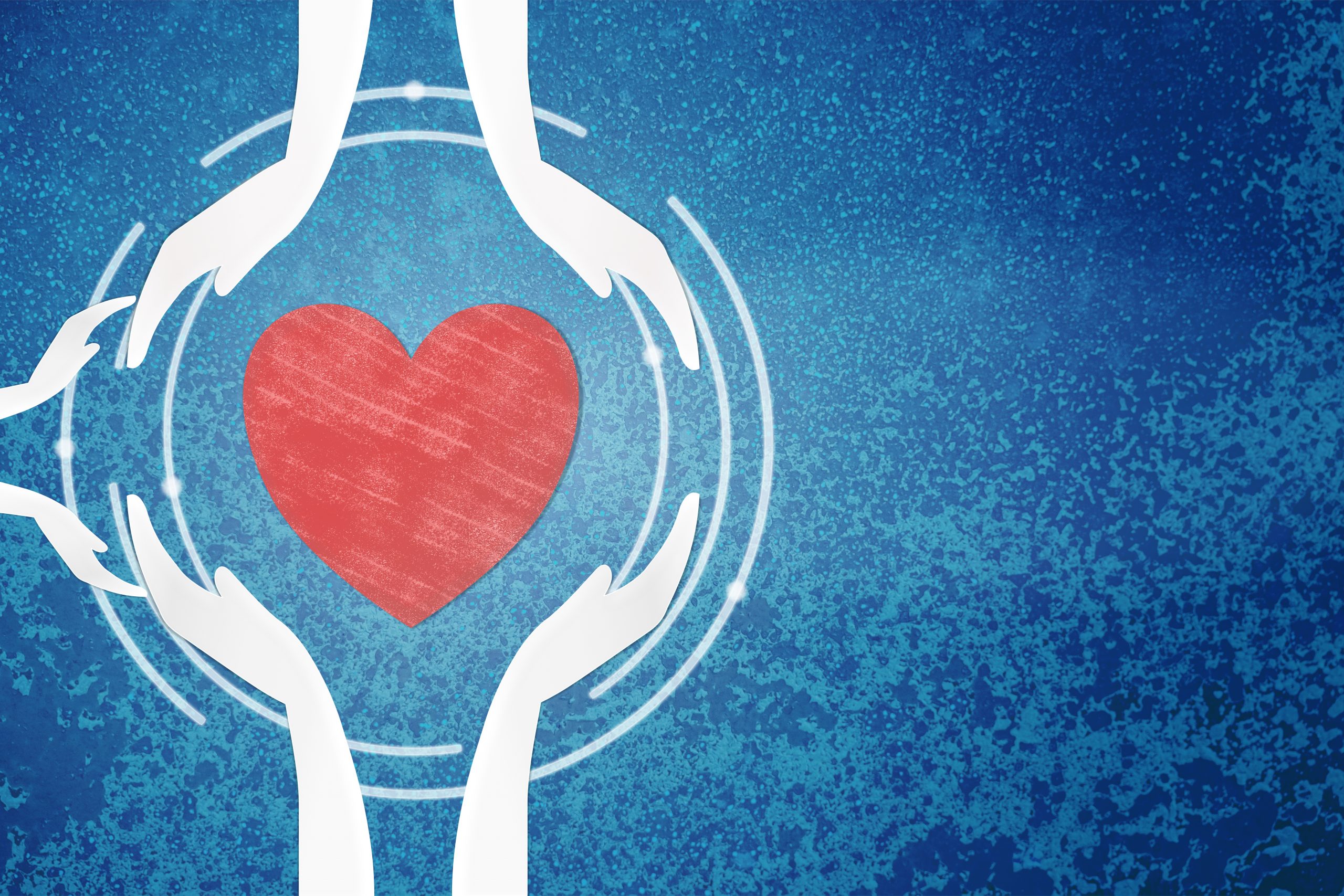Many of us are familiar with the pain of a broken heart, and while some of us may experience this pain more significantly than others, what may not be so readily known is that broken-heart syndrome is a real, physical condition that can be brought on by stressful emotional triggers often following traumatic events such as a relationship or family breakdown or the death of a loved one.
Broken-heart syndrome, also known as Takotsubo cardiomyopathy, is a condition where the left ventricle of the heart (the heart’s main pumping chamber) is weakened. This weakening is brought on by the aforementioned stressful life events, with symptoms mimicking a heart attack: chest pain, shortness of breath and irregular heartbeat.
Reportedly while the main symptoms of broken-heart syndrome are chest pain and shortness of breath, the precise cause for this isn’t know. Experts think that surging stress hormones essentially flood the heart, triggering changes in heart muscle cells or coronary blood vessels (or both) that prevent the left ventricle from contracting effectively. This causes the heavy-achy-feeling you get in the chest, which can be mistaken as a heart attack.
It’s said that most patients make a full recovery within two months following broken-heart syndrome; however, some patients reportedly suffer from significant heart failure and other in-hospital complications.
At present, it’s said that there is no standard treatment for broken-heart syndrome and while death is rare, heart failure occurs in about 20% of patients, with therapeutic options remaining limited.
The good news now is that a Monash University study has uncovered for the first time a way to prevent and reverse damage caused by broken-heart syndrome.
Published in the acclaimed journal Signal Transduction and Targeted Therapy, this world-first pre-clinical study used mouse models to show the cardioprotective benefit of a drug called Suberanilohydroxamic (SAHA).
According to the study SAHA has been shown to improve cardiac health and reverse the broken heart.
The goal of the study, led by Professor Sam El-Osta from Monash Central Clinical School, was to better understand the regulatory mechanism as a first step towards improved treatment plans.
“We show for the first time a drug that shows preventative and therapeutic benefit … to a healthy heart,” says Professor El-Osta, adding that SAHA has shown to “not only slow cardiac injury but also reverse the damage caused to the stressed heart”.
“This pre-clinical study describes a new standard in preventative and therapeutic potential using a cardioprotective drug that targets genes in the heart,” says Professor El-Osta.
“Based on these promising results we are focused on the continued development of compounds like SAHA to improve cardiac benefit and healthier life.”
To read the study, visit: nature.com/articles/s41392-021-00546-y










